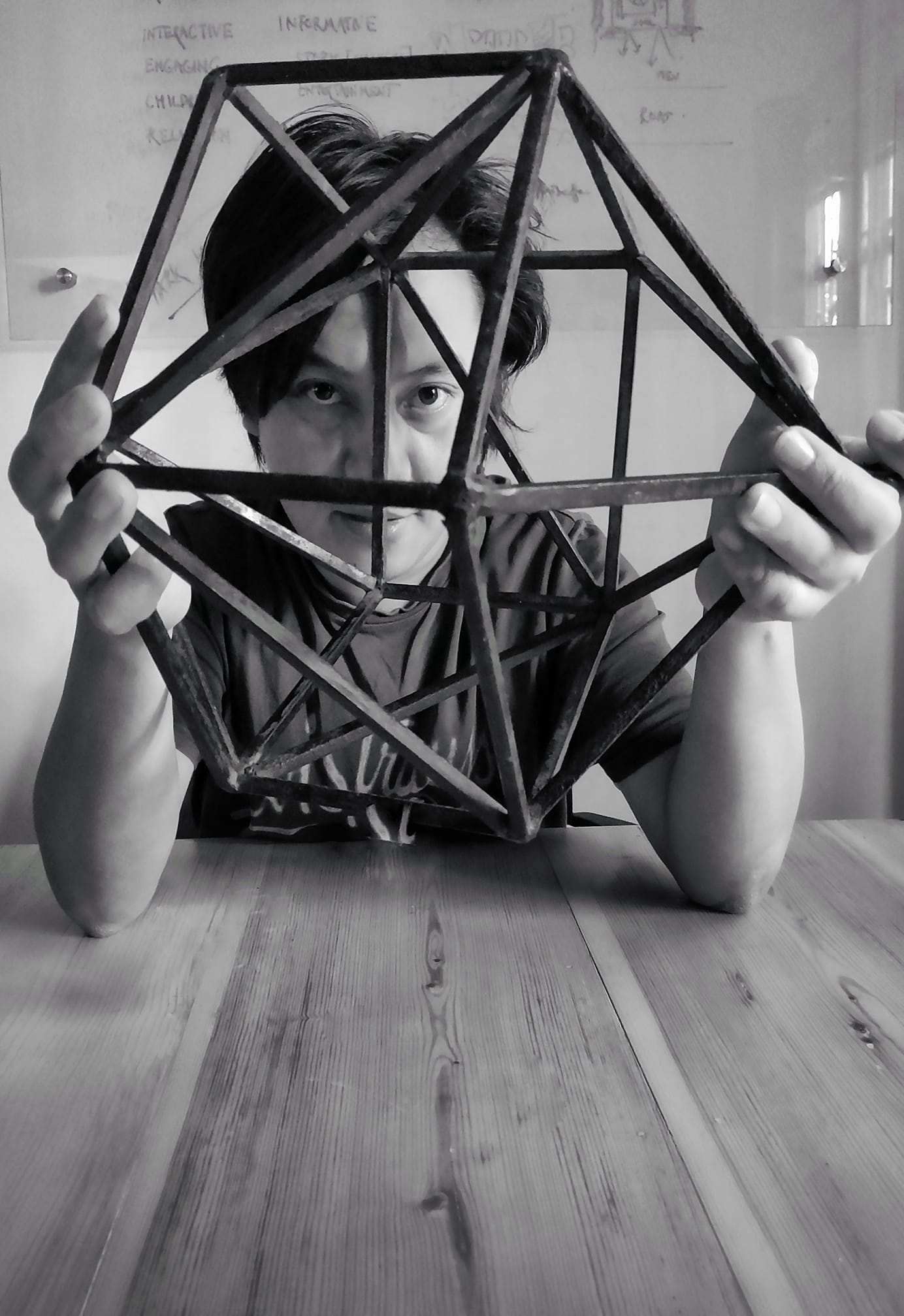Artist Statement
My art is a personal reflection of the world around me “Sociological imagination” that interweaves with collective experiences and interpretations.
I work across installation, performance, architecture, and urban hacking conjoining local government and communities. A public project, like this, is influenced by urban politics, mindsets, socio-political factors, and weak policies. It entails time-consuming administrative dealing with city agencies and social architecture to balance power dynamics in cross-sectoral cooperation. I often use (a mobile phone) and social media for documenting and dispersing the happenings.
My interventions question the mindless urban designs that affect the physical and psychosocial spheres. With an aesthetic as well as an ethical question, I interact with the local authority, and stakeholders to cultivate empathy, and agency in the art of place-making. I work with laborers, builders, locals, gardeners, architects, and across disciplines to revive fragmented public lands into a network of green spaces. Artful inquiries and applied imaginations are integral in my urban interventions that are both poetic and pragmatic. I apply the idea of Practical utopia in the Nepalese context of socio-environmental change and politics of sustainability.
In my eco-social art practice, I apply the theoretical insights of ecosophy outlined by Arne Næs and Félix Guattari. I am inspired by the eco-critical narratives of Mundhum, an oral tradition of the indigenous Kirat, my ancestral lineage. Human-nature relationships transmitted across this cultural web are my reference to study and interpret Mundhums. I am enchanted by its eco-critical, lyrical narratives and animistic cosmology.
In an era of climate change where the interspecies interdependence is broken, I ruminate on the Mundhum-oriented eco-conscious system, climate science, and ethical practice. I incorporate art, science , disciplinary perspectives, and speculative thinking making room for a plurality of views, and concepts. This then reverberates with other indigenous societies and beyond.
I record the sounds of birds, insects, and endangered species in a modified ecosystem of the concrete jungle. These contemplations and observations inform new contexts, actions, and reflections building simultaneous bodies of work. Reoccurring themes in my works are memories, imagination, and participatory futures. My landscape architecture practice aligns with regenerative processes where I co-design with emergent ecosystems and the unimaginable ingenuity and vitality of a more-than-human world.
The field recordings, footages, images, and interviews are the archive of soundscape ecology and future documentary processes. In my forthcoming works, I incorporate animations and new technologies to advance storytelling through cinematic language. I merge every day and imagination to strategize different realities instead of representing them. And It transpires into another world of possibilities – a Pluriverse in which many worlds co-exist and many hopes can be sown.
Social Practice Artist / Gardener Architect
Bio
Milan Rai born (1984) is a Social Practice Artist based in Nepal. He is the founder of “Vriksha – a non-profit dedicated to reclaiming public spaces. He is the recipient of the Harvard University (SAI) Visiting Artist Award – 2016.
His work is an expansion of the simple art project “White Butterflies initiated in 2012. These ephemeral paper-cut butterflies that were first installed in unlikely public spaces became a foundation for reclaiming public spaces. Prior to that, he was a painter. Now he works more out of the gallery system to reassess art and its purpose.
When his public art proposals were denied by city authorities in 2012, He did multiple urban interventions to relocate art into the public domain. He worked actively in his hometown and travelled parallel with the white butterfly projects happening in many cities around the world. This artistic journey and experiences with social groups, and cultures widened his world views. Spiralling with butterflies heightened his perception and reverence for nature and its complex interwoven network. It led to investigating the socio-ecological patterns and various forms of injustice and exploitation interlinked in society. This realization around his work guided him to new priorities and responsibilities.
In 2017: He stood in a polluted thoroughfare wearing a gas mask to question the government’s and citizens’ negligence towards the environment. This symbolic protest made the on the front pages of national daily and concerns on social media. But it wasn’t enough. He went to the city offices but all his legit proposals to revive public spaces were overlooked. He appeared every day in city offices for 21 months. He wore the same gas mask and protested non-intrusively making the protest memorable and tolerable. Finally, his persistence caught the attention of the Mayor of Lalitpur. He urged the city agencies to rethink public spaces and teamed up with like-minded people to provided alternatives to outdated models. He negotiated with city agencies, stakeholders, and worked rigorously to revise the insensible park designs. This includes replacing, the monoculture plantation to restore diverse native species and wildflowers to regenerate the urban landscape. Currently, he is leading a project to revive the neglected public into urban parks in Kathmandu and Lalitpur city.
In parallel to reviving green spaces, he is working to establish a concept of a Vriksha studio envisioned in 2017 – It is a multidisciplinary studio that works across art, science, sociology, ecology, and technology imaginatively. He believes in dream-storming, speculative thinking, and collaborations. Milan continues to work with policymakers, architects, anthropologists, ecologists, scientists, musicians, poets, indigenous elders, farmers, seed savers, and a wide array of disciplines because his art goes beyond the conventional notion and scope of just art.

